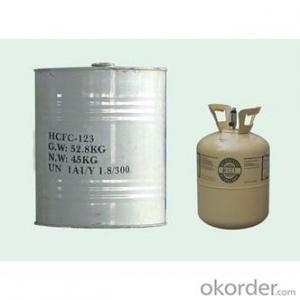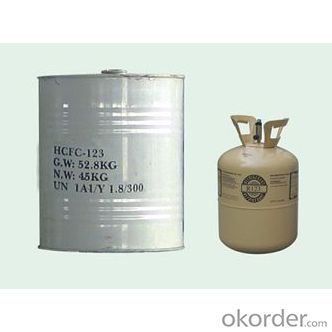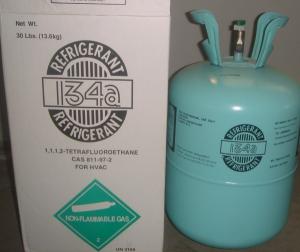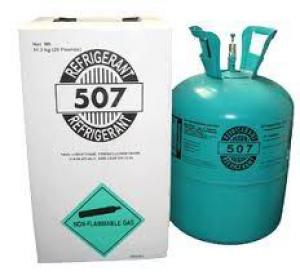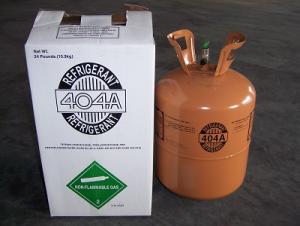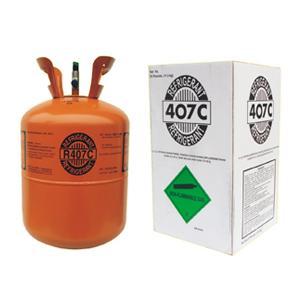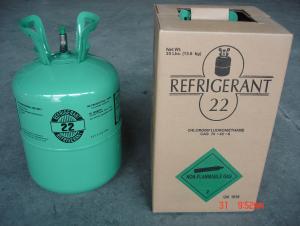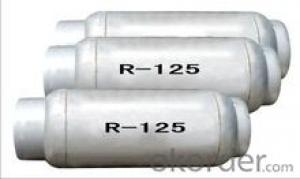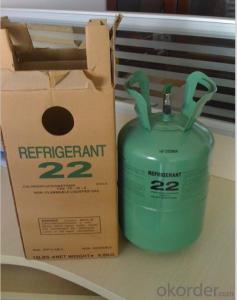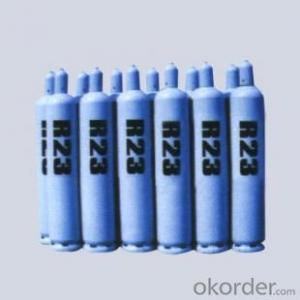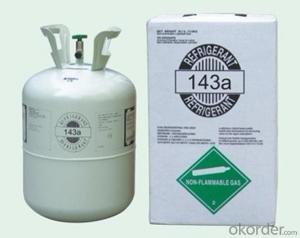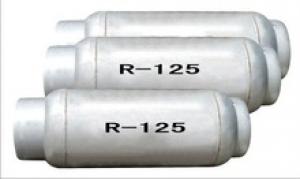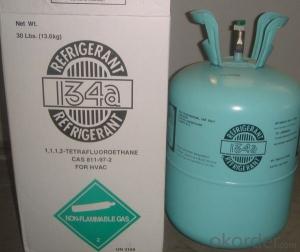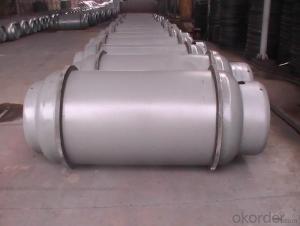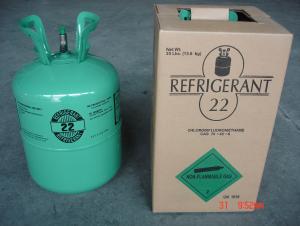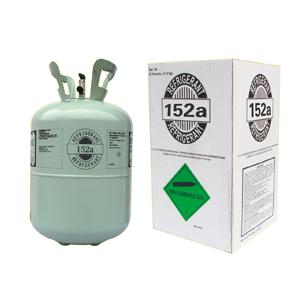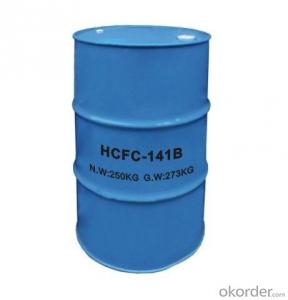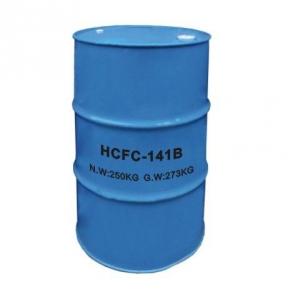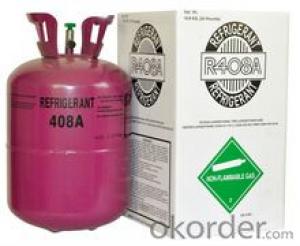Refrigerant R123 Gas
- Loading Port:
- Shanghai
- Payment Terms:
- TT OR LC
- Min Order Qty:
- -
- Supply Capability:
- 10000MT m.t./month
OKorder Service Pledge
OKorder Financial Service
You Might Also Like
Specifications
1-OEM is accepted
2-Reasonable and competitive price
3-Delivery time :15 days
4-Good sevice after sale
Replaced R11 in low pressure centrifugal chillers. Retrofitting existing R-11 chillers to R-123 may require replacement seals, gaskets and other system components to obtain the correct operating conditions and prevent leakage.
R123 mainly uses in large, low-pressure centrifugal chillers. And replaces R11 and R113 to use as cleaning agent, foamier and refrigerant, can.
Property of chloride
Formula: CHCI2CF3
Molecular weight: 152.98
B.P.,°C: 27.6
Critical temperature, °C: 183.67
Critical pressure, MPa: 3.673
Critical density, g/cm3: 0.549
Liquid density, g/cm3 @ 25°C: 1.46
Specific heat of liquid,25°C,KJ/Kg·°C: 0.985
ODP (CFC-11=1.0) 0.020
GWP (CO2=1.0) 77
Quality standard
Appearance: Colorless, no turbid
Odor: Odorless
Purity≥%: 99.8
Water ≤%: 0.002
Acidity ≤%: 0.0001
Residue on evaporation ≤%: 0.01
- Q: What is the difference between an aromatic compound and a hydrocarbon derivative?
- The aromatic compound is a benzene ring containing compound, which may be a hydrocarbon or a hydrocarbon derivative. Hydrocarbons are hydrocarbon-containing compounds, and hydrocarbons containing hydrocarbons other than hydrocarbons are derivatives of hydrocarbons. The two concepts have crossed.
- Q: What does organic and inorganic mean?
- Organic and inorganic machine myself ~ female and male
- Q: Why the silicon hydride less, a lot of hydrocarbons. (Why did not you find silicon-based creatures) and why are so many oxides of silicon, little carbon oxides?
- You know silane bar, SiH4, this thing will be spontaneous, very unstable
- Q: What is the difference between organic matter and inorganic matter?
- Organic compounds in addition to a few, can generally burn. Compared with inorganic matter, their thermal stability is relatively poor, the electrolyte is easy to heat decomposition. The melting point of organic matter is low, generally not more than 400 ℃. The polarity of organic matter is very weak, so most of the water is not soluble. The reaction between organic matter, mostly intermolecular reactions, often requires a certain activation energy, so the reaction is slow, often requiring catalyst and other means. And the reaction of organic matter is more complex, under the same conditions, a compound can often be several different reactions at the same time, generate different products.
- Q: Sodium can be used to identify derivatives of hydrocarbons
- A compound in which a hydroxyl group is directly attached to a carbon atom in a hydrocarbon group or a benzene ring side chain is called an alcohol.
- Q: What is the definition of organic matter
- Organic matter usually refers to carbon-containing compounds, or hydrocarbons and their derivatives are collectively referred to as organic compounds.
- Q: Inorganic chemistry employment direction? Current research direction
- Inorganic chemistry is the science of the composition, nature, structure and reaction of inorganic matter, which is the oldest branch of chemistry. Inorganic substances include all chemical elements and their compounds, except for most of the carbon compounds. (In addition to carbon dioxide, carbon monoxide, carbon disulfide, carbonates and other simple carbon compounds are still inorganic substances, the rest are organic matter.)
- Q: What is organic?
- Human beings have a long history of organic compounds. As early as the 17th century, humans could only obtain some organic compounds such as protein, fat, carbohydrate and dyes from animals and plants as food, food and clothing. 1828 German chemist Wilhelm (F Wohler) for the first time with inorganic acid ammonium nitrate synthesis of organic urea. After 1844, people have synthesized a large number of organic compounds such as methane, acetylene, acetic acid, oil and sugar, and since then humans have made organic chemistry into the synthetic era. The development of synthetic organic matter is clearly recognized: there is no clear boundary between organic matter and inorganic matter, but there are some differences in composition, structure and nature. Now people already know that organic compounds in the composition of most contain carbon, hydrogen, oxygen, nitrogen and other elements, a few also contain sulfur, phosphorus, halogen and so on. Any organic compound, its molecular composition contains carbon, the vast majority also contains hydrogen. Since the hydrogen atoms of the organic compound molecules can be replaced by other atoms or radicals, so many other organic compounds are derived, it is generally believed that hydrocarbons and their derivatives are known as organic compounds, referred to as organic compounds; The chemistry of compounds is called organic chemistry.
- Q: Is grease a polymer compound? Is it a derivative of saturated hydrocarbons?
- Not a polymer can not be considered a saturated hydrocarbon derivatives. Natural oils contain unsaturated structures
- Q: Why artemisinin and its derivatives in the molecular structure of a peroxide chain, the chemical properties are more stable?
- Artemisinin is relatively stable, is relative to other organic peroxide in terms of, in general, most of the organic peroxide instability, heating easily decomposed, and some even easy to burn the explosion, such as dibenzoyl peroxide, but crystal cyan Artemisinin heating to the melting point does not break down, has been considered stable.
Send your message to us
Refrigerant R123 Gas
- Loading Port:
- Shanghai
- Payment Terms:
- TT OR LC
- Min Order Qty:
- -
- Supply Capability:
- 10000MT m.t./month
OKorder Service Pledge
OKorder Financial Service
Similar products
Hot products
Hot Searches
